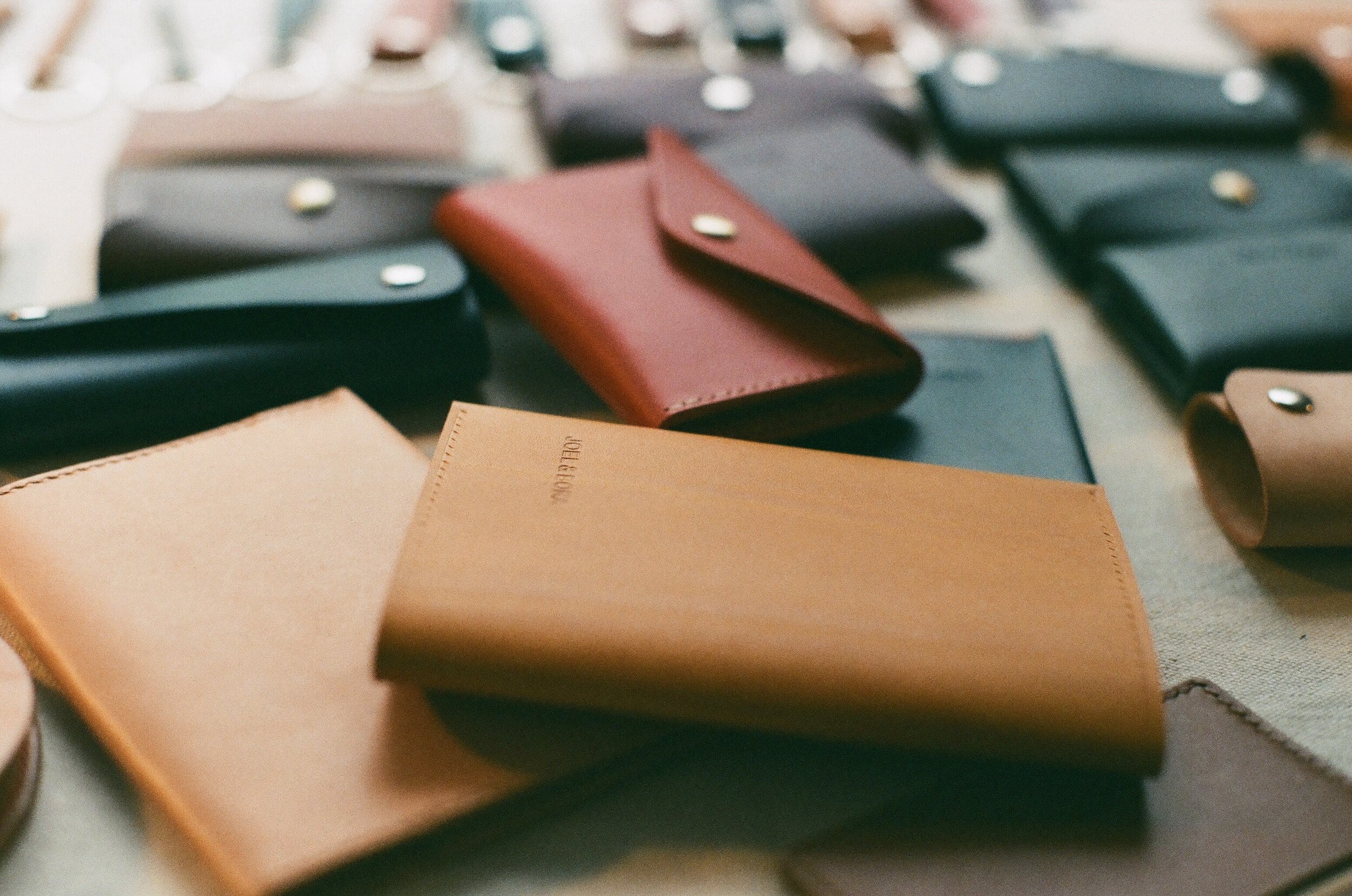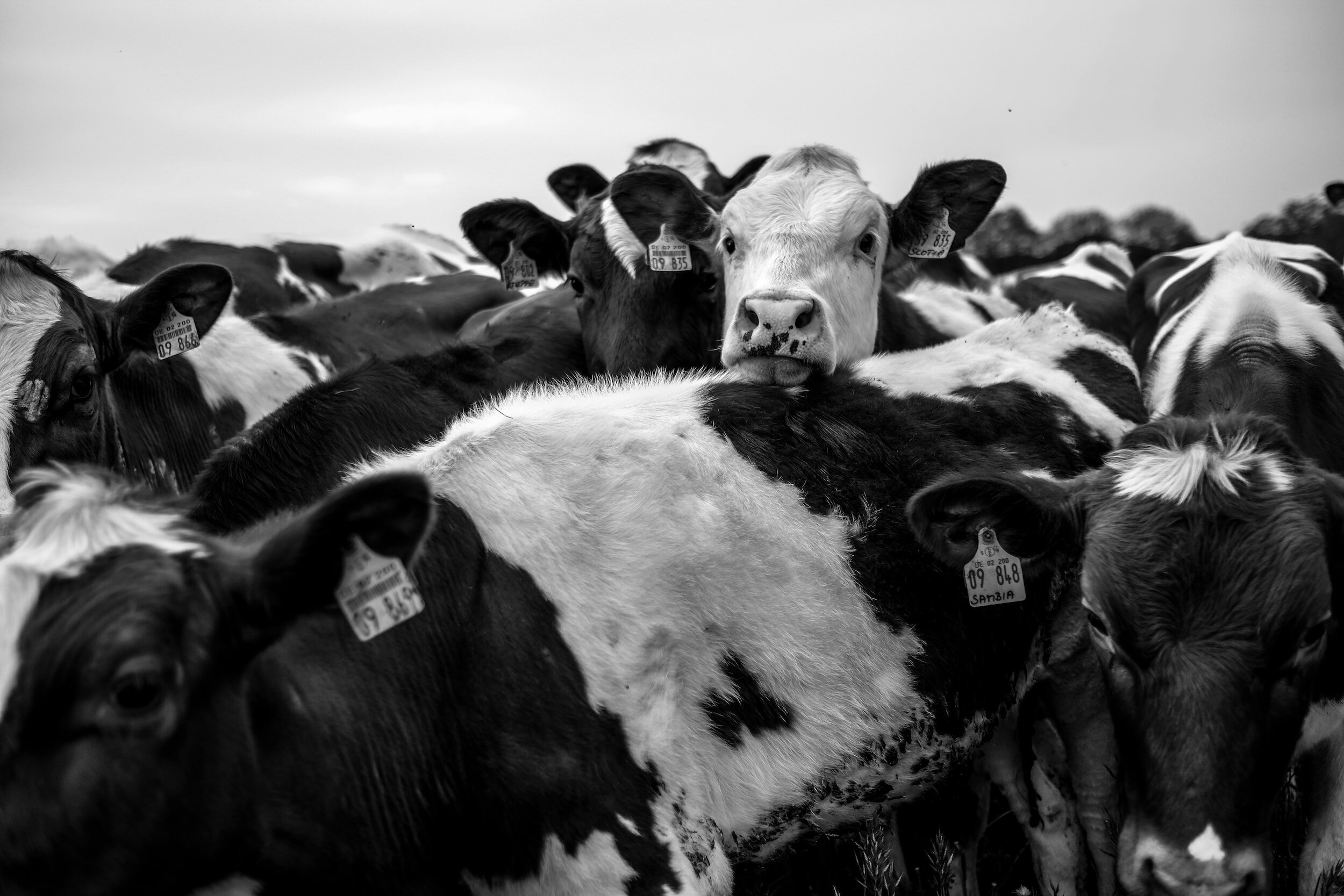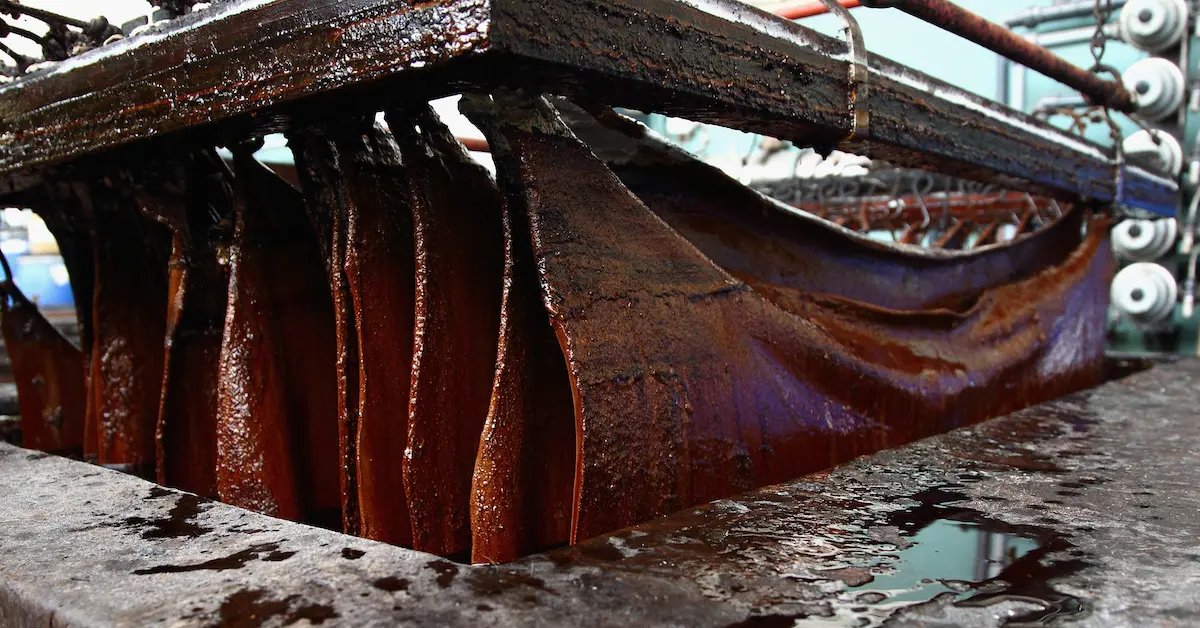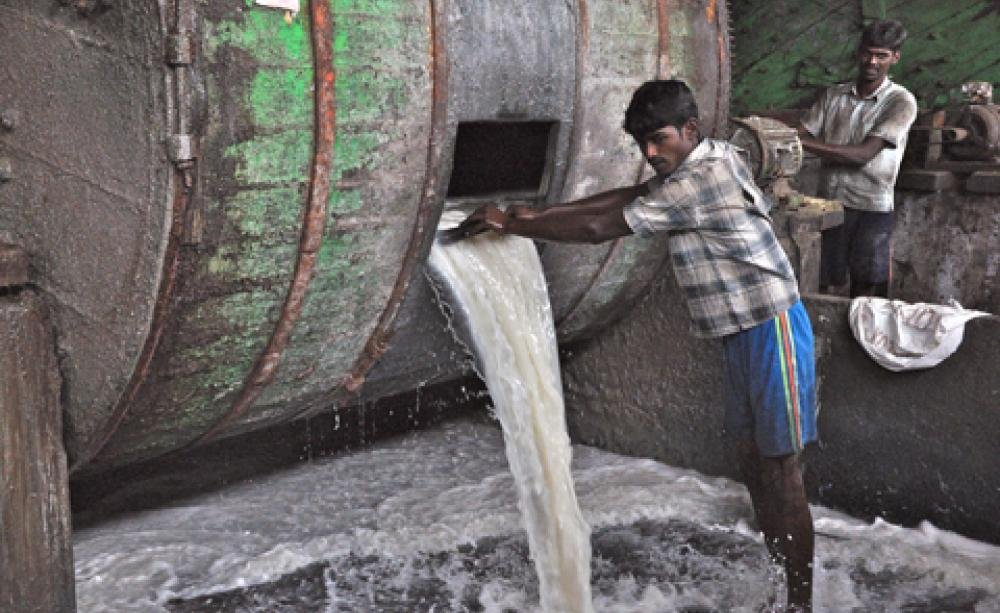The facts.
-
The leather industry is big business, valued at approximately $420B in 2022 (this is approximately the same value as Bitcoin) and growing at over 5% annually.
-
North America contributes to over 37% of the global market while Asia is the fastest growing region.
-
Currently, footwear is 44% of the market and the most rapid growth is in luxury leather goods along with the automotive industry.
-
Premium leather is an important driver of this growth. Luxury leather goods such as handbags have become aspirational items, and as disposable income of people across the globe increases, this market is rapidly growing.
-
In 2020, the top leather producing countries are China (25%), Brazil (9.5%), Russia(7%) and India(6.4%)
The big picture.
Today’s post explores a topic which is quite complicated. Is leather sustainable? If you scroll Instagram, there are many brands promoting ethical and sustainable leather shoes. How is this possible? Leather is derived from animal hides, primarily cow, but also calf, buffalo, and exotic animals such as crocodile, snake, and deer. The hides are processed using a variety of chemicals to ultimately produce the versatile material which has been a timeless part of our culture and is increasingly a status symbol. Maybe it’s time to examine our relationship with leather and gain a deeper understanding of how it impacts us, others, and the environment.
In order to evaluate this topic, using our kindhub lens, we will split the discussion into leather sourcing (growing the animal) and leather processing (making it suitable to make into leather goods).
>
“The EPA has confirmed that factory farms account for 70 percent of the water pollution in the U.S. By some estimates, animal agriculture is responsible for more greenhouse gases than all of the world’s transportation systems combined.”
Leather Sourcing (growing the animal):
Producing over 1 Billion cow, goat and sheep hides per year is energy intensive.
Cows are among the most energy intensive animals to raise, requiring 2,500 gallons of water, 12 pounds of grain, 35 pounds of topsoil, and the energy equivalent of one gallon of gasoline to produce one pound of beef.
Cattle ranching has destroyed more Central American Rainforest than any other activity, accounting for 80% of deforested land in the Amazon
In addition, fecal contamination of streams and irrigation water from cattle feedlots has been linked to many of the E.Coli outbreaks that have sickened and killed Americans over the years
Leather as an animal product undebatable, but there is debate on whether it is a co-product or byproduct of animal agriculture. Leather advocates claim that it is a by-product whereas many animal rights and environmental group argue that it is a co-product.
Let’s define each of them:
-
Co-products are desirable secondary goods that are generated during the manufacturing process and can be sold or reused profitably.
-
By-products are materials of value that are produced as a residual of, or incidental to, the production process.
Based on this, it is safe to say that leather is a co-product NOT a byproduct of the cattle industry. There is significant profit in leather production and goods as evidenced by the $420B industry that is growing at a rate faster than healthcare.
Leather Processing (making into leather goods):
There are several steps in this process and each uses a variety of strong chemicals
-
Pre-tanning – Acids and bases are used to remove animal hair and prepare for tanning
-
Tanning – Chromium salts and other chemicals are used to convert hides into stable leather
-
Dyeing – Acidic and alkaline dyes are used to color the leather
-
Finishing – Fat liquors, waxes/resins, and pigments are used to create a finished product
-
According to the EPA, the leather industry produces 600 million tons of waste annually.
-
It is estimated that the wastewater from leather tanning contains around 300–400 million tons of heavy metals, toxic sludge, and many solvents resulting in water and soil pollution
-
Leather processing is water and energy intensive.
-
The chemicals used release volatile organic compounds (VOC) which pollute the environment.
The process is wasteful. Out of 1000 kg of raw hide, only 150 Kg of the raw material is converted into leather. The rest is wasted.
Waste water being released.
Many of the chemicals such as formaldehyde, chromium and azo dyes are considered toxic chemicals and are carcinogenic. In addition, most leather imported into the USA are produced in China, Brazil and India which have very lax labor and environmental laws.
-
Tannery workers and their communities suffer from high cancer rates. In China and India, this affects large cities and towns resulting in the term, “cancer villages”
-
This study in Kanpur, India (large tanning village with 20,000 tanning workers) showed that they had a 2X risk of dying and almost 20% more chance of respiratory issues compared to the control population
-
Sean Gallagher, a National Geographic photographer captures the devastation on this town in the video shown below.
So, is leather sustainable, what can we do?
The decision to buy leather products requires thinking about your stance on mass animal agriculture.
Leather is a co-product of the cattle industry and mass agriculture alongside the leather manufacturing process represent some of the worst offenders, harming the environment and living beings.
It’s time to pause and RETHINK your stance on this topic.
Take a moment to do so and REFINE your position and then let’s see how this translates to the KH continuum.
The choice.
Life-focused
If your focus is on being kind to living things, avoid buying leather.
There is no doubt that leather is a durable material and leather products can last a lifetime. Yet, the fashion industry urges us to buy new items as trends and new styles change. How many people actually keep and reuse their leather items?
In today’s marketing world, leather is increasingly being portrayed as a luxury item. It is felt to be desirable and sought after. For some people, purchasing premium leather goods increases their feeling of happiness. For others, purchasing leather goods causes angst from understanding the leather making process. Think about what leather does for you.
-
Consider leather alternatives, many of which are from natural ingredients
-
Do not throw out your old leather goods, reuse, gift, or sell them
Earth-focused
If you choose to buy leather goods, buy from companies which follow environmentally friendly processing practices.
-
Read our follow up article on what the different leather certifications mean
-
Beware of greenwashing. There is no such thing as cheap leather
-
Consider how you will offset the heavy environmental footprint of your leather purchases
Holistic
If your focus integrates both life and environment, choose leather alternatives which are animal free and environmentally friendly.
-
Reduce your fashion footprint in general. Try to buy pieces of clothing, bags and shoes which you like and reuse them
-
Avoid supporting the fast fashion industry
-
If you are comfortable with thrifting, this is a good option to reduce and reuse
Additional resources.
Other posts in this series…
Take a deeper dive.




